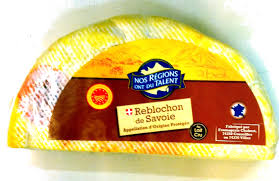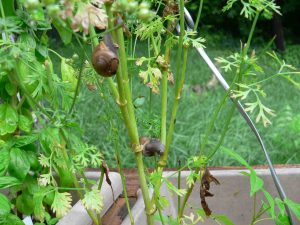The episode starts with a discussion on old TV shows that the guys should have watched. Ben and Don then talk about food pantries and frozen chicken items that look cooked but are raw. The guys then chat cookie food safety, insurance policies, traceability and blockchain in Romaine. The conversation goes to a Twitter exchange started by FDA commissioner Scott Gotlieb that Don joined that got to J. Kenji Alt-Lopez (and back to Don) that ended with the grind-your-own-beef-is safer question. The episode ends with a discussion on kimchi fermentation and parameters need to safely make it in restaurant kitchens.
Download episode 155 here and on iTunes
Show notes so you can follow along at home:
- NJ Automobile Glass Installation and Repair
- David Lee Roth – Wikipedia
- The Giving Tree – Wikipedia
- Arrested Development (TV series) – Wikipedia
- Deep Space 9 | Memory Alpha | FANDOM powered by Wikia
- Tony Hale – Wikipedia
- The Sunday Edition – June 3, 2018 | CBC Radio
- sjh_canada on Twitter
- Four salmonella cases linked to chicken from Ruby’s Pantry sites | INFORUM
- Evaluating North Carolina Food Pantry Food Safety–Related Operating Procedures | Journal of Food Protection
- Ben Chapman on Twitter
- J. Kenji López-Alt on Twitter
- J. Kenji López-Alt
- Irradiated Ground Beef – Wegmans
- Rutgers Food Innovation Center
- FDA Update on Traceback Related to the E. coli O157:H7 Outbreak Linked to Romaine Lettuce | FDA Voice
- Inactivation of Escherichia coli and Listeria monocytogenes on iceberg lettuce by dip wash treatments with organic acids.
- Survival of Escherichia coli O157:H7 and Salmonella enterica serovars Typhimurium in iceberg lettuce and the antimicrobial effect of rice vinegar
- Use of organic acids to inactivate Escherichia coli O157:H7, Salmonella Typhimurium, and Listeria monocytogenes on organic fresh apples and lettuce
- Capacity of Listeria monocytogenes Strains from the 2011 Cantaloupe Outbreak To Adhere, Survive, and Grow on Cantaloupe
- Pathogenic Escherichia coli and Salmonella Can Survive in Kimchi during Fermentation
- Quantification of the Relative Effects of Temperature, pH, and Water Activity on Inactivation of Escherichia coli in Fermented Meat by Meta-Analysis
- No, don’t roast marshmallows over Hawaii volcanic vents – CNN
- Cooking great meals with your car engine. The heat is on











